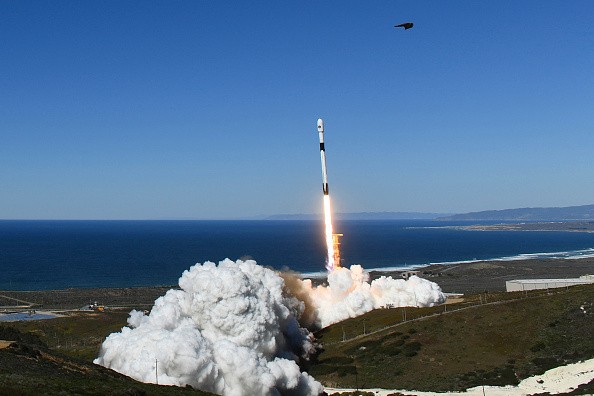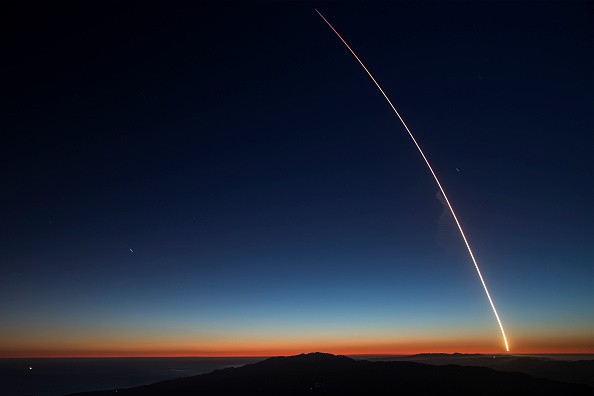SpaceX Starlink space debris is now alarming Inmarsat. The British satellite company explained why the company's artificial mega-constellation is concerning.

Aside from SpaceX, the satellite firm also said that the cube sats launched by Amazon, as well as Chinese space operators and other space companies, can all lead to alarming space debris.
Ever since satellite constellations started becoming a trend in the space industry, various experts warned them about the negative effects of their sats.
SpaceX Starlink Space Debris Alarm Immarsat
According to Reuters' latest report, Inmarsat Chief Executive Rajeev Suri said that they welcome satellite innovations in low orbit.

Also Read : SpaceX's Falcon 9 12th Launch and Land Complete, Starlink Satellites Are in Parking Orbit
However, he explained that the existing technologies to manage these artificial constellations are still not enough. Suri further explained that a better space industry and regulatory coordination between space companies are needed.
"Mega-constellations are talking about tens of thousands of new satellites during this decade - satellites with an expected life of only five to 10 years," said Rajeev.
Inmarsat's chief executive also explained that the space debris could also affect other spaceships and rockets passing through the orbit levels where the artificial mega-constellations are forming.
As of writing, SpaceX is the leading space agency when it comes to launching cube sats. It already has around 2000 Starlink satellites that are orbiting the planet.
This number is expected to increase by 12,000, especially since SpaceX already has permission.
Effects of Space Debris
Earth.Org explained that the rising space debris in Earth's orbit could affect future space explorations. It can create obstacles that rockets will find difficult to evade.
Aside from space, these space junks can also have detrimental effects on the environment of Earth. Recently, the debris created by Russian Proton rockets affected the Altai region of eastern Siberia.
The old fuel tanks spilled some toxic fuel residue, which is quite harmful to animals, plants, as well as humans. You can view this link to see the more dangerous effects of space debris.
Recently, NASA's Juno captured an astonishing photo of the gas giant's moon shadow.
On the other hand, NASA Axiom-1 Mission's ISS undocking has been finalized.
For more news updates about space debris and other related topics, always keep your tabs open here at TechTimes.
Related Article : SpaceX Falcon Heavy: Ideal Spacecraft for Uranus Mission; Did Elon Musk Confirm Involvement?
This article is owned by TechTimes
Written by: Griffin Davis
ⓒ 2025 TECHTIMES.com All rights reserved. Do not reproduce without permission.

![Best Gaming Mouse For Gamers With Smaller Hands [2025]](https://d.techtimes.com/en/full/461466/best-gaming-mouse-gamers-smaller-hands-2025.png?w=184&h=103&f=6fd057ef777bd39251d4e7e82e9b23f1)


